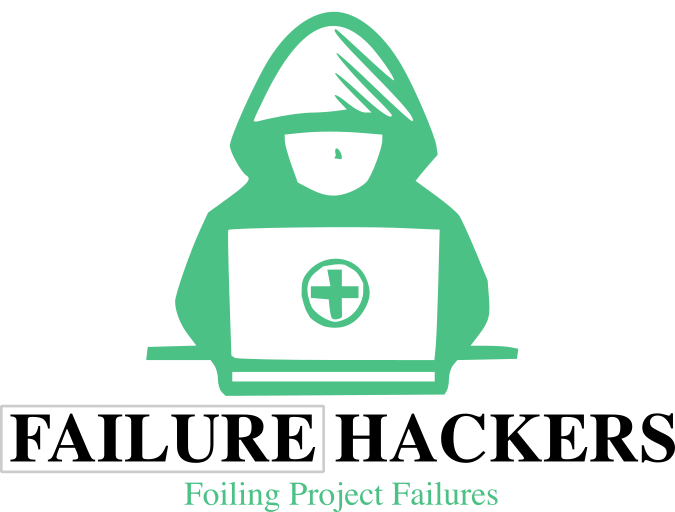Daily Stand-Up Questions to Uncover Blockers and Drive Continuous Improvement
In the fast-paced world of modern business, organisations are constantly seeking innovative ways to enhance productivity, efficiency, and overall team performance. One powerful practice to build a problem-solving culture that has emerged in recent years is the daily stand-up meeting—a brief, focused gathering where team members share updates, raise concerns, and align efforts towards common goals. Establishing a culture centred on problem-solving during these meetings can lead to breakthroughs in eliminating obstacles and encouraging continuous improvement.
The Importance of a Problem-Solving Culture
A problem-solving culture empowers teams to collaborate effectively, confront challenges head-on, and embrace a mindset of continuous improvement. This approach fosters open communication, encourages diverse perspectives, and ultimately helps organisations navigate the complexities of today’s business environment.
When teams willingly discuss obstacles and collectively seek solutions, they nurture an atmosphere of trust and accountability. This culture not only enhances team morale but also paves the way for innovation and operational excellence. The key to achieving this lies in the questions posed during daily stand-ups.
Structuring Your Stand-Up Meetings
Daily stand-ups should be concise—typically lasting no longer than 15 minutes—and focused. To maximise their effectiveness, consider implementing a structure that encourages meaningful discussion around blockers and fosters a spirit of continuous improvement. Here’s a suggested format:
- Yesterday’s Achievements: Team members share what they accomplished the previous day.
- Today’s Goals: Each member outlines their focus for the day ahead.
- Identifying Blockers: Participants discuss any impediments they face.
- Opportunities for Improvement: Encourage suggestions for enhancing workflows or processes.
Key Questions to Consider
To instil a problem-solving mindset in your stand-up meetings, incorporate the following questions into your discussions. These queries are designed to uncover blockers while also promoting a culture of continuous improvement:
1. What did you accomplish yesterday that moved us closer to our objectives?
Focusing on achievements sets a positive tone and highlights progress. By celebrating small wins, team members feel valued and motivated to contribute further.
2. What are you working on today, and how does it align with our overall goals?
This question reinforces clarity and purpose. It helps ensure that everyone understands their role in advancing collective objectives, reducing the likelihood of misalignment.
3. What blockers are you currently facing, and how can the team assist you in overcoming them?
Identifying barriers is crucial to maintaining momentum. Encourage honesty and openness, fostering a safe space where team members feel comfortable discussing difficulties without fear of judgement.
4. Has anyone encountered similar challenges in the past? How did you overcome them?
Drawing on previous experiences can offer valuable insights and solutions. This question invites collaborative problem-solving, allowing team members to share strategies that have proven effective in the past.
5. Are there any resources or support you need to expedite your work?
This question opens the door for team members to express their needs. Providing necessary resources—whether it be time, tools, or personnel—can eliminate roadblocks and enhance productivity.
6. What lessons have you learned from recent challenges or setbacks?
Reflecting on lessons learned cultivates resilience and promotes a growth mindset. By examining failures through a constructive lens, teams can identify areas for improvement and refine their approaches.
7. Is there a process we could enhance to prevent future blockers from arising?
Encouraging team members to think critically about workflows can lead to significant improvements. This question promotes proactive thinking, allowing teams to innovate and optimise their processes continuously.
8. How can we better communicate as a team to address issues more efficiently?
Effective communication is paramount in any organisation. By focusing on this aspect, teams can identify gaps in their interactions and develop strategies to enhance collaboration.
9. What small changes could we implement today that might create a positive ripple effect in our work?
Small changes, often overlooked, can bring about significant improvements. Encouraging team members to experiment with minor adjustments fosters a sense of ownership and empowerment.
10. How do you feel about our current workflow? Is there anything that frustrates you?
Creating space for emotional expression can highlight underlying issues not immediately visible. Understanding team members’ feelings about workflows can reveal potential blockers that may not have been previously addressed.
Practical Steps for Implementation
Implementing these stand-up questions effectively requires dedication and intentionality. Follow these practical steps to create a successful problem-solving culture within your team:
- Set Clear Expectations: Communicate the purpose of daily stand-ups and the importance of addressing blockers. Ensure team members know that their input is valued and essential to the team’s success.
- Model Open Communication: As a leader or facilitator, demonstrate openness by sharing your own challenges and seeking support. This behaviour encourages others to do the same.
- Designate a Facilitator: Assign a team member to lead each stand-up meeting to ensure the discussion stays on track and that all voices are heard.
- Document Insights: Keep a record of the blockers raised and the strategies discussed for overcoming them. Reviewing this document in future meetings can reinforce learning and accountability.
- Follow Up on Action Items: After identifying solutions during meetings, ensure that action items are followed up on. Holding team members accountable fosters a culture of responsibility and commitment.
- Encourage Feedback: Invite team members to share their thoughts on the structure and content of the stand-ups. This feedback loop allows for continuous refinement of the approach.
- Celebrate Progress: Acknowledge improvements and successes, no matter how small. Celebrating wins reinforces the problem-solving culture and motivates continued effort.
Cultivating a Sustainable Problem-Solving Environment
By integrating these stand-up questions into your daily routines, you can build a culture where problems are swiftly identified and collaboratively resolved. While it may take time for such a culture to flourish, the journey will yield a workforce that is resilient, engaged, and empowered to tackle challenges head-on.
As you embark on this endeavour, remember that the goal is not just to fix problems as they arise but to create a proactive environment where continuous improvement becomes the norm. This transformative approach will not only enhance team dynamics but also propel your organisation toward sustained success. Embrace the challenge—your team’s resilience and creativity will be your greatest assets in driving change.
In conclusion, the path to a thriving problem-solving culture is paved with open communication, proactive questioning, and a shared commitment to improvement. By prioritising these values during daily stand-ups, you set the stage for a more agile and responsive team ready to tackle any problem.

